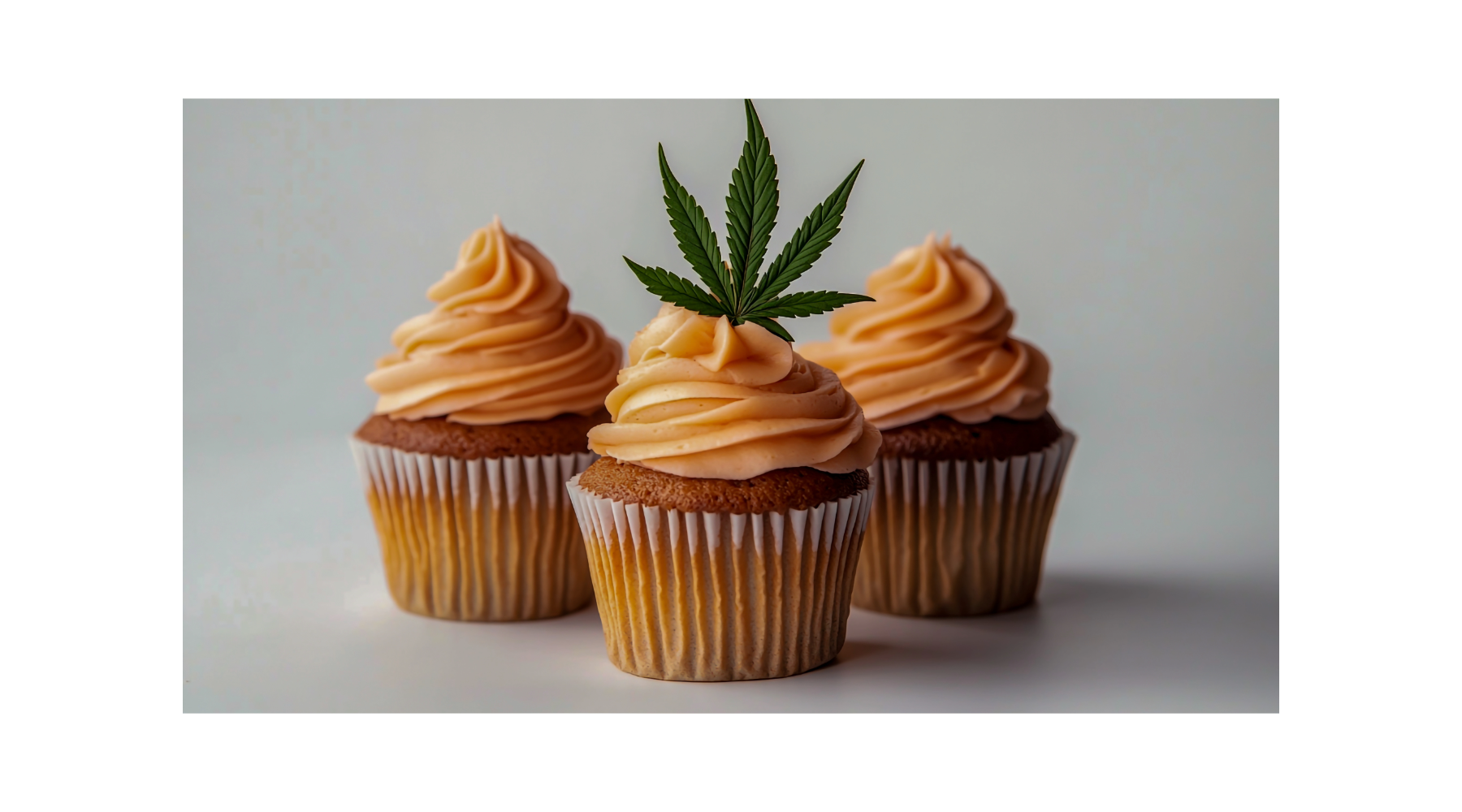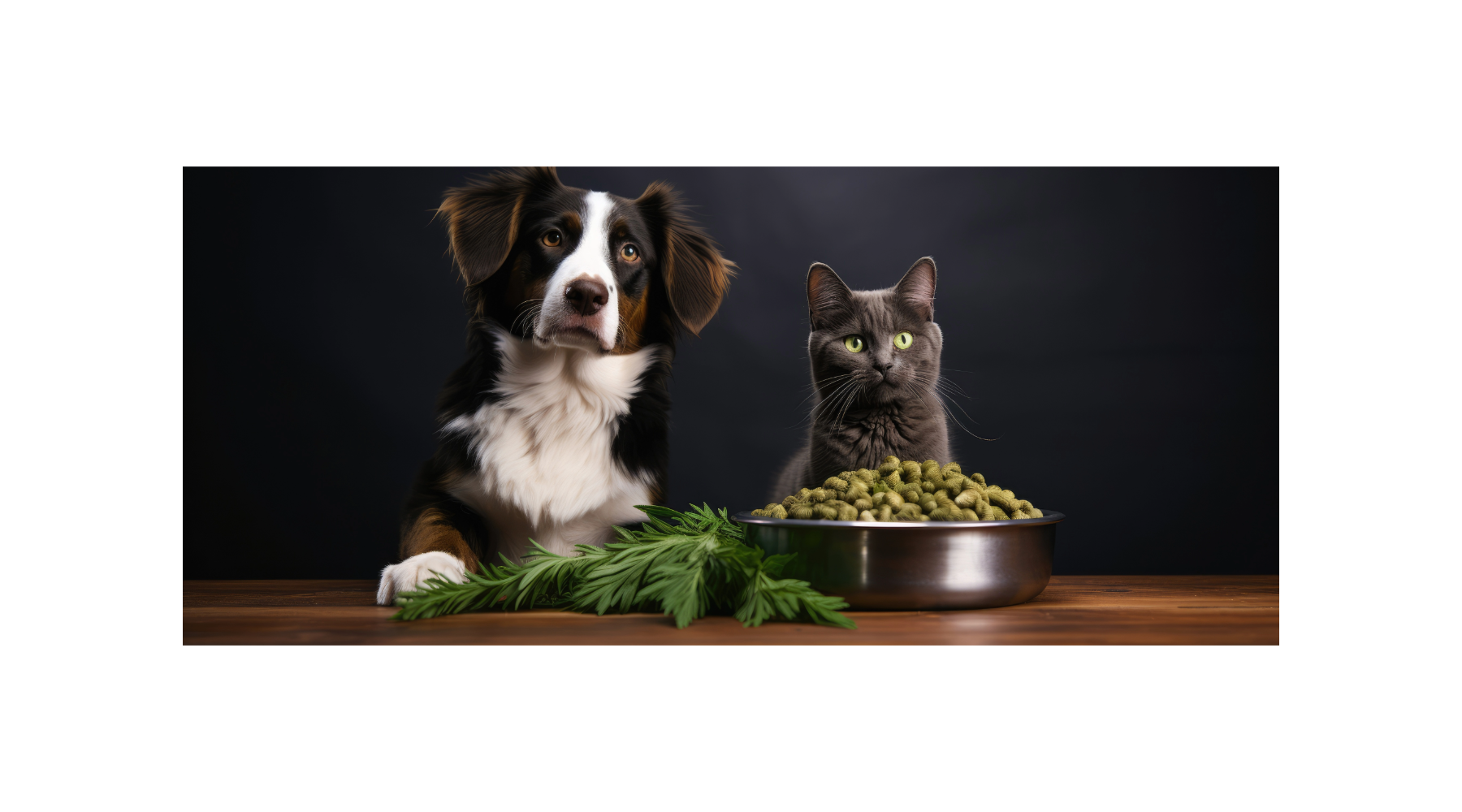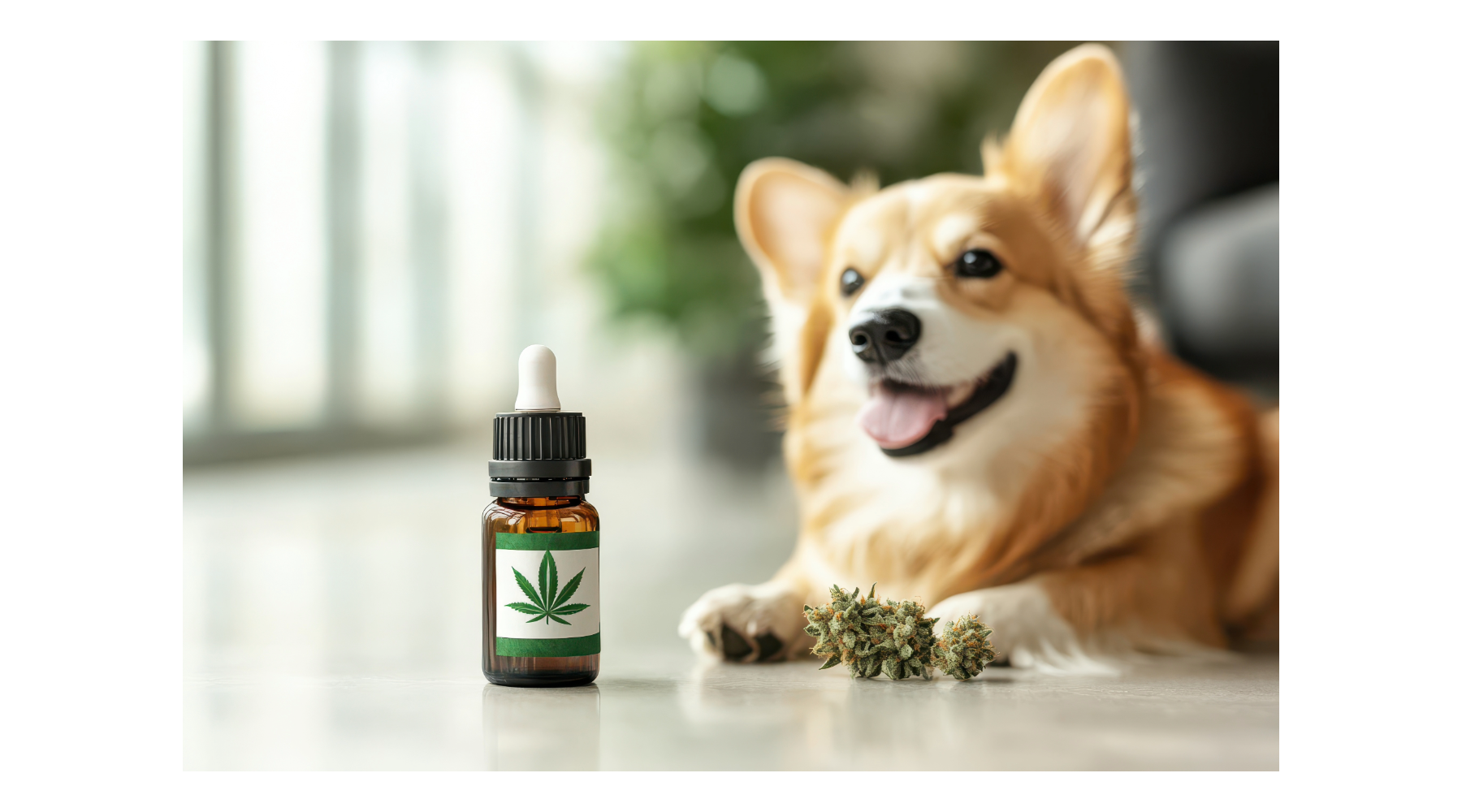When it comes to consuming THC, the main psychoactive compound in cannabis, there are two popular methods: smoking (or vaping) and edibles. Both methods have their own distinct effects, onset times, and durations, making each suitable for different experiences and preferences. Understanding the differences between smoking THC and consuming it through edibles can help you choose the best method for your desired experience. Let’s take a closer look at how these two consumption methods compare.
1. Onset Time:
One of the most significant differences between edibles and smoking THC is the onset time, or how quickly you feel the effects after consumption.
-
Smoking THC:
When you smoke or vape THC, the effects are almost immediate. As the smoke is inhaled, THC enters your bloodstream via the lungs and reaches the brain within minutes, leading to a rapid onset of effects. This means you can quickly gauge how much you need to feel the desired effect and adjust accordingly. -
Edibles:
Edibles, on the other hand, take much longer to kick in. After you ingest an edible, the THC must first pass through the digestive system and be metabolized by the liver before it enters the bloodstream. This process can take anywhere from 30 minutes to 2 hours, with some people experiencing a longer delay. Because of this slower onset, users may be tempted to consume more before the effects are felt, which can lead to overconsumption.
2. Duration of Effects:
While the onset time differs significantly between smoking THC and consuming it through edibles, the duration of the effects also varies.
-
Smoking THC:
The effects of smoking or vaping THC are typically short-lived, lasting anywhere from 1 to 3 hours. Because the THC is absorbed quickly and metabolized rapidly, the effects tend to fade faster than with edibles. This makes smoking a great choice if you want a quick, intense high that doesn't last too long. -
Edibles:
Edibles provide a much longer-lasting experience. Once THC is metabolized in the liver, it transforms into a more potent form known as 11-hydroxy-THC, which is known to create a stronger and longer-lasting high. The effects of edibles can last anywhere from 4 to 8 hours, depending on the dose and individual tolerance. This makes edibles a great option for those looking for prolonged relief or a more sustained experience.
3. Intensity of Effects:
The intensity of the effects can differ between smoking THC and eating edibles due to the way the body processes THC.
-
Smoking THC:
When smoking or vaping, the high tends to be more immediate but not as intense as the high from edibles. This is because the THC is delivered to the brain rapidly, but without the additional metabolic transformation that occurs with edibles. The effects are often described as more "heady" or cerebral, providing a clear, focused high that is great for socializing, creative work, or light physical activity. -
Edibles:
The high from edibles can be significantly stronger and more physically relaxing, often with a more pronounced body high. Because of the conversion of THC to 11-hydroxy-THC in the liver, edibles can produce a more intense experience that can affect both the mind and body. Many users report feeling more sedated or couch-locked after consuming edibles, making them ideal for relaxation or sleep.
4. Dosage Control:
Both smoking and edibles offer different levels of control over your dosage, but they come with their own challenges.
-
Smoking THC:
Smoking allows you to have more immediate control over your dosage. Since the effects are felt almost instantly, you can easily pace yourself, stopping when you feel you’ve reached the desired effect. This gives you the freedom to adjust in real time, preventing overconsumption. -
Edibles:
Edibles can be tricky in terms of dosage. Since the onset is delayed, it's easy to mistakenly consume more than you intended while waiting for the effects to kick in. Many edibles come with specific dosages, such as 10mg of THC per serving, but inexperienced users may still struggle to find the right dose. It’s always recommended to start low and go slow when consuming edibles, especially for first-timers.
5. Health Considerations:
The health implications of smoking versus eating THC also play a role in choosing your preferred consumption method.
-
Smoking THC:
While smoking offers a fast and efficient method of THC delivery, it comes with potential health risks. Inhalation of smoke can irritate the lungs and airways, potentially leading to respiratory issues over time. However, vaping is seen as a less harmful alternative to traditional smoking, as it doesn't produce the same harmful byproducts as combustion. -
Edibles:
Edibles, on the other hand, don't carry the same respiratory risks as smoking or vaping. Since they are ingested, they don’t affect the lungs, making them a healthier option for those concerned about smoking. However, it's important to be cautious with sugar and other ingredients in edibles, as they may not be ideal for everyone, particularly those with dietary restrictions or health conditions like diabetes.
6. Discreetness:
Another key difference between edibles and smoking THC is the level of discretion they provide.
-
Smoking THC:
Smoking THC is not particularly discreet. The smell of cannabis is pungent and can linger, making it difficult to consume in public or around people who may be sensitive to the odor. However, vaping produces less smell and may be a more discreet option than smoking. -
Edibles:
Edibles are by far the most discreet method of consumption. There’s no smoke, no odor, and no noticeable signs of cannabis use, making them perfect for consumption in public or private spaces without drawing attention. The only giveaway might be the packaging or the fact that you're eating something with a cannabis-infused ingredient.
Conclusion:
Whether you choose to smoke THC or consume it through edibles ultimately depends on your preferences, needs, and desired effects. Smoking offers a quick, potent, and short-lasting high, while edibles provide a slower onset but a longer-lasting and potentially more intense experience. Both methods have their advantages and drawbacks, so it’s important to consider factors like onset time, duration, intensity, and dosage control when deciding which method is right for you. With both options available, you can choose the best way to experience the benefits of THC based on what fits your lifestyle and goals.
































